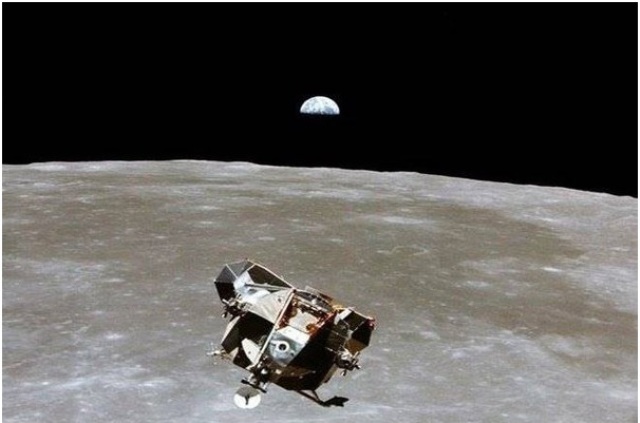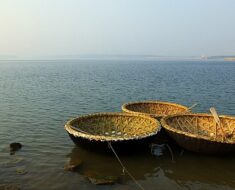Chandrayaan-1 was India’s first lunar probe launched by the Indian Space Research Organization (ISRO) under the Chandrayaan program. It was launched successfully on October 22, 2008, at the Satish Dhawan Space Center in Sriharikota, India.
The Chandrayaan-1 mission’s primary objective was to confirm the presence of water/hydroxyl on the moon and collect data about the moon’s geology, mineralogy, and topography.
Chandrayaan-2 is a follow-up mission that was launched on July 22, 2019. The mission includes a lunar orbiter, a lander named Vikram, and a robotic lunar rover named Pragyan.
Here is a list of some incredible facts about the Indian Space Research Organization mission Chandrayaan-1 that will surely amaze you.
Fact #1
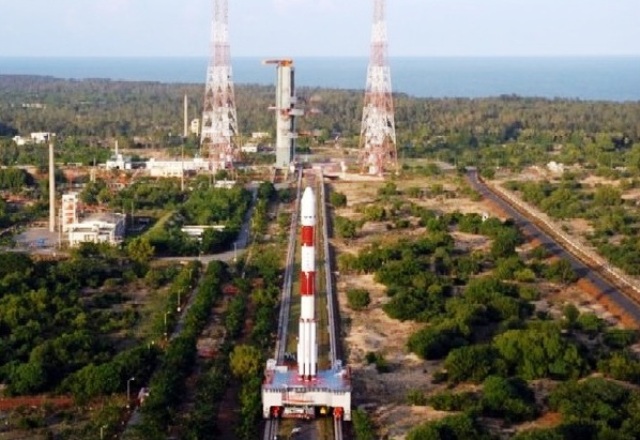
The name Chandrayaan means “Moon Craft” in Sanskrit. The Chandrayaan-1 spacecraft was based on an Indian meteorological satellite called Kalpana-1.
The size of Chandrayaan-1 was that of a refrigerator and the weight without fuel was about 525 kilograms (1,160 lbs.). It was powered by a solar array that charged lithium-ion batteries on board generating 750 W of peak power.
Fact #2
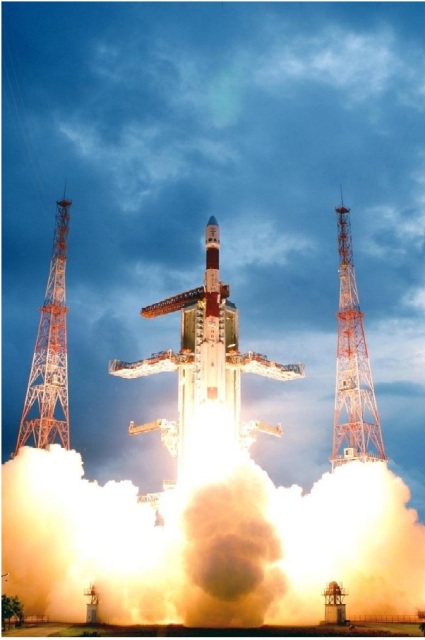
Indian Space Research Organization launched the Chandrayaan-1 spacecraft using a PSLV-XL rocket on 22 October 2008 at 00:52 UTC. The mission was a major boost to India’s space program, as India researched and developed its own technology in order to explore the Moon. The vehicle was inserted into lunar orbit on 8 November 2008.
Fact #3
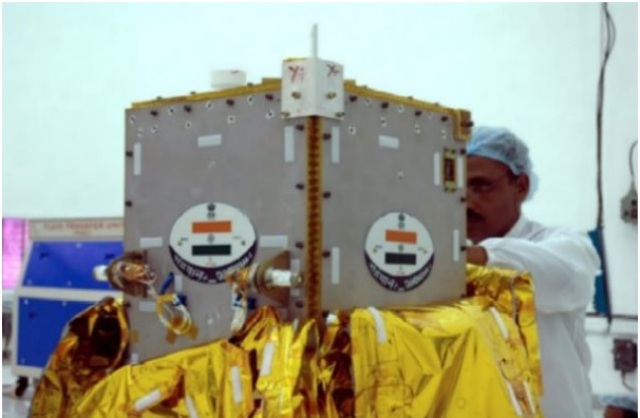
Chandrayaan-1 was sent to the Moon in a series of orbit-increasing maneuvers around the Earth over a period of 21 days as opposed to launching the craft on a direct trajectory to the Moon.
The Moon Impact Probe (MIP) separated from the Chandrayaan orbiter at 14:36 UTC on 14 November 2008. It struck the south pole in a controlled manner. The probe hit near the crater Shackleton at 15:01 UTC, ejecting sub-surface soil that could be analyzed for the presence of lunar water ice. The location of impact was named Jawahar Point.
Fact #4
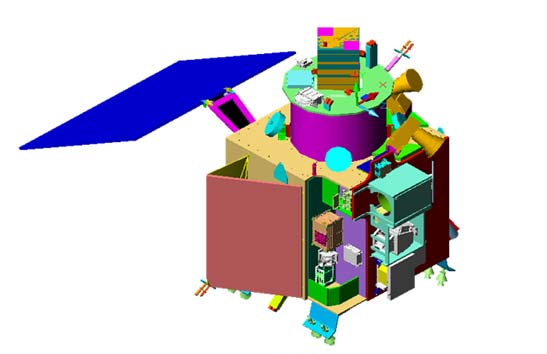
The mission carried five Scientific Payloads from India
- Terrain Mapping Camera (TMC)
- Hyper Spectral Imager (HySI)
- Lunar Laser Ranging Instrument (LLRI)
- High Energy X-ray Spectrometer (HEX)
- Moon Impact Probe(MIP)
Six Scientific Payloads from other Countries
- Chandrayaan-I X-ray Spectrometer (CIXS)
- Near Infrared Spectrometer (SIR – 2)
- Sub keV Atom Reflecting Analyzer (SARA)
- Miniature Synthetic Aperture Radar (Mini SAR)
- Moon Mineralogy Mapper (M3)
- Radiation Dose Monitor (RADOM)
Fact #5
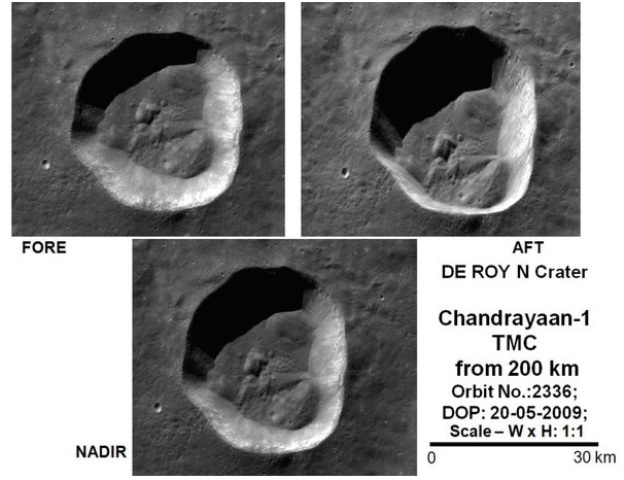
Moon Mineralogy Mapper (M3) mapped mineral content on the lunar surface. Moon Mineralogy Mapper was a NASA instrument onboard the orbiter. The orbiter also mapped Apollo Moon missions landing sites.
Chandrayaan-1 made more than 3400 orbits around the moon. It took 70,000 images of the lunar surface which is a record compared to lunar missions of other countries. More than 40,000 images were transmitted by Chandrayaan’s cameras in the first 75 days of the mission.
Some of these images have a resolution of down to 5 meters (16 ft), providing a sharp and clear picture of the Moon’s surface. Many images sent by some of the other missions had only a 100-meter resolution.
Fact #6
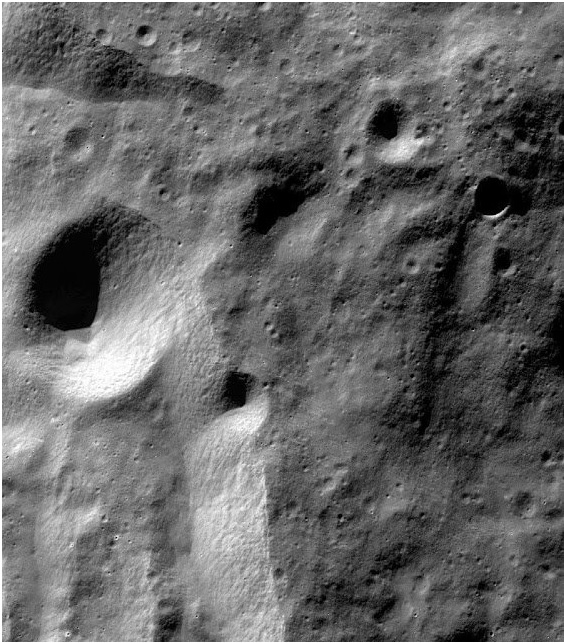
Chandrayaan-1 also took the X-ray signatures of aluminum, magnesium, and silicon which were picked up by the C1XS X-ray camera. Chandrayaan-1 beamed back its first images of the Earth in its entirety on 25 March 2009 These images were taken with the Terrain Mapping Camera TMC.
Read More: Largest Longest Highest in India – All Superlatives of India
Fact #7
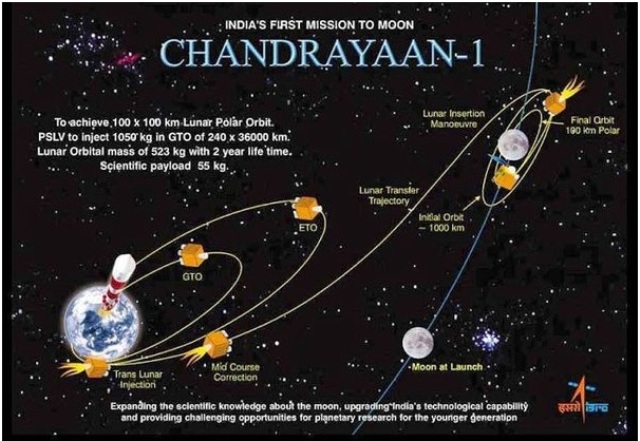
Initially, Chandrayaan-1 performed its work from a mapping orbit at an altitude of 100 km. After the completion of all the major mission objectives controllers raised the orbit to 200 km. The orbit-raising maneuvers were carried out between 03:30 and 04:30 UTC on 19 May 2009
Chandrayaan-1 in this higher altitude enabled further studies on orbit perturbations, and gravitational field variation of the Moon and also enabled imaging lunar surface with a wider swath.
The true reason for the orbit change was revealed later that it was an attempt to keep the temperature of the probe down.
Read More: Top 10 Freezing Facts about Siachen Glacier
Fact #8
Chandrayaan-1 mission was expected to operate for two years. However, around 20:00 UTC on 28 August 2009 communication with the spacecraft was suddenly lost. The probe lasted for 312 days and during this duration, it mapped approximately 95 percent of the moon’s surface.
The craft had been expected to remain in orbit for approximately another 1000 days and to crash into the lunar surface in late 2012. Although in 2016 it was found to still be in orbit
Some More Facts about Chandrayaan-1: India’s First Lunar Probe
- The estimated cost for the project was ₹386 crores (US$56 million).
- This mission had aimed at high-resolution remote sensing of the moon at visible, near-infrared, low-energy X-rays, and high-energy X-ray regions.
- It also detected evidence of a hydrogen-oxygen chemical bond, in the lunar water and examined radioactive elements on the surface.
- This spacecraft crashed because of very high radiation and failed power supply.
- ISRO carried scientific payloads of other nations free of cost.
- Chandrayaan-1 mass was 1,380 kg (3,042 lb) at launch, 675 kg (1,488 lb) at lunar orbit, and 523 kg (1,153 lb) after releasing the impactor.
- The scientific payload had a mass of 90 kg (198 lb)
- The terrain mapping camera onboard Chandrayaan-1 recorded images of the landing site of the U.S. spacecraft Apollo 15.

